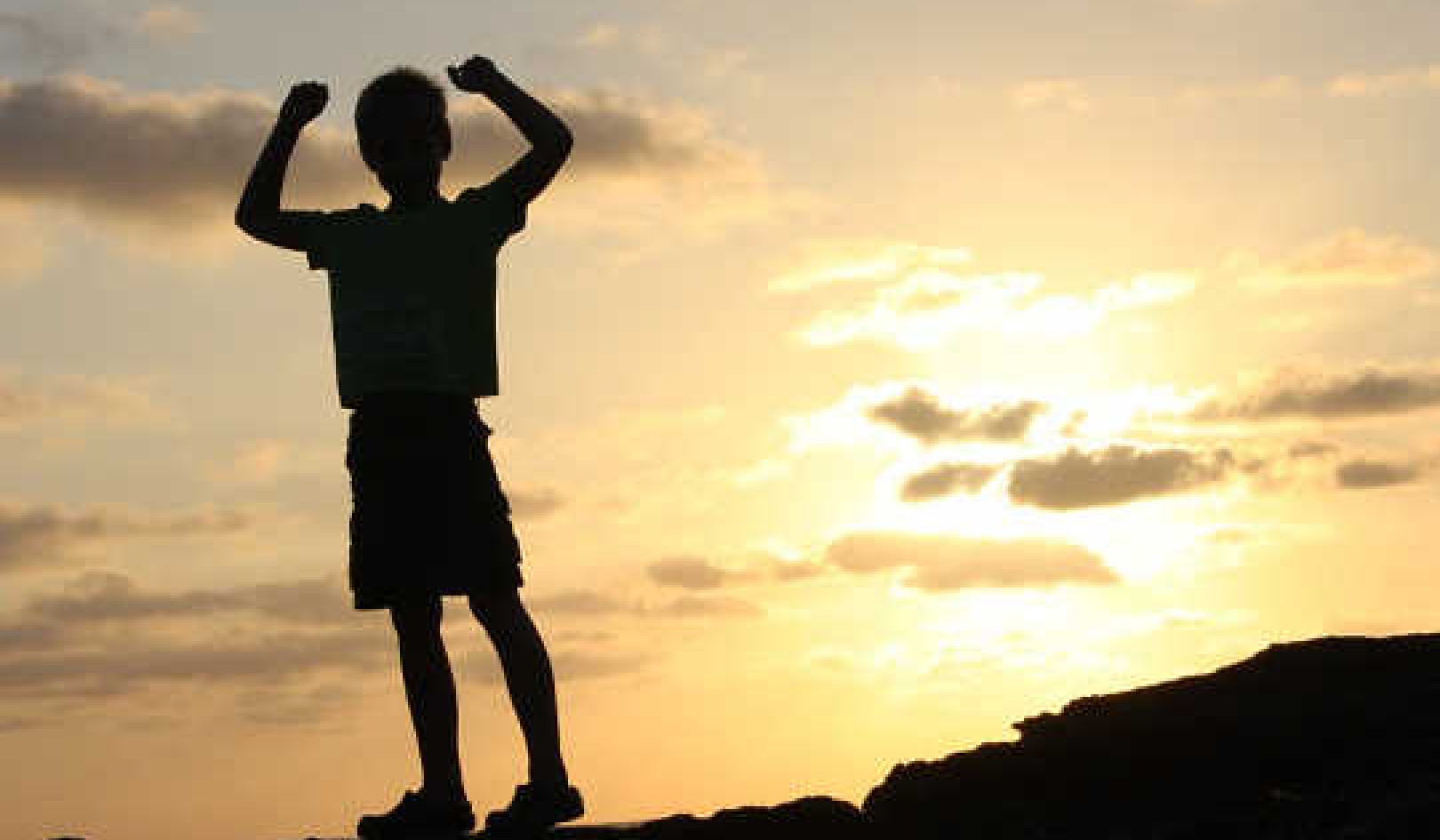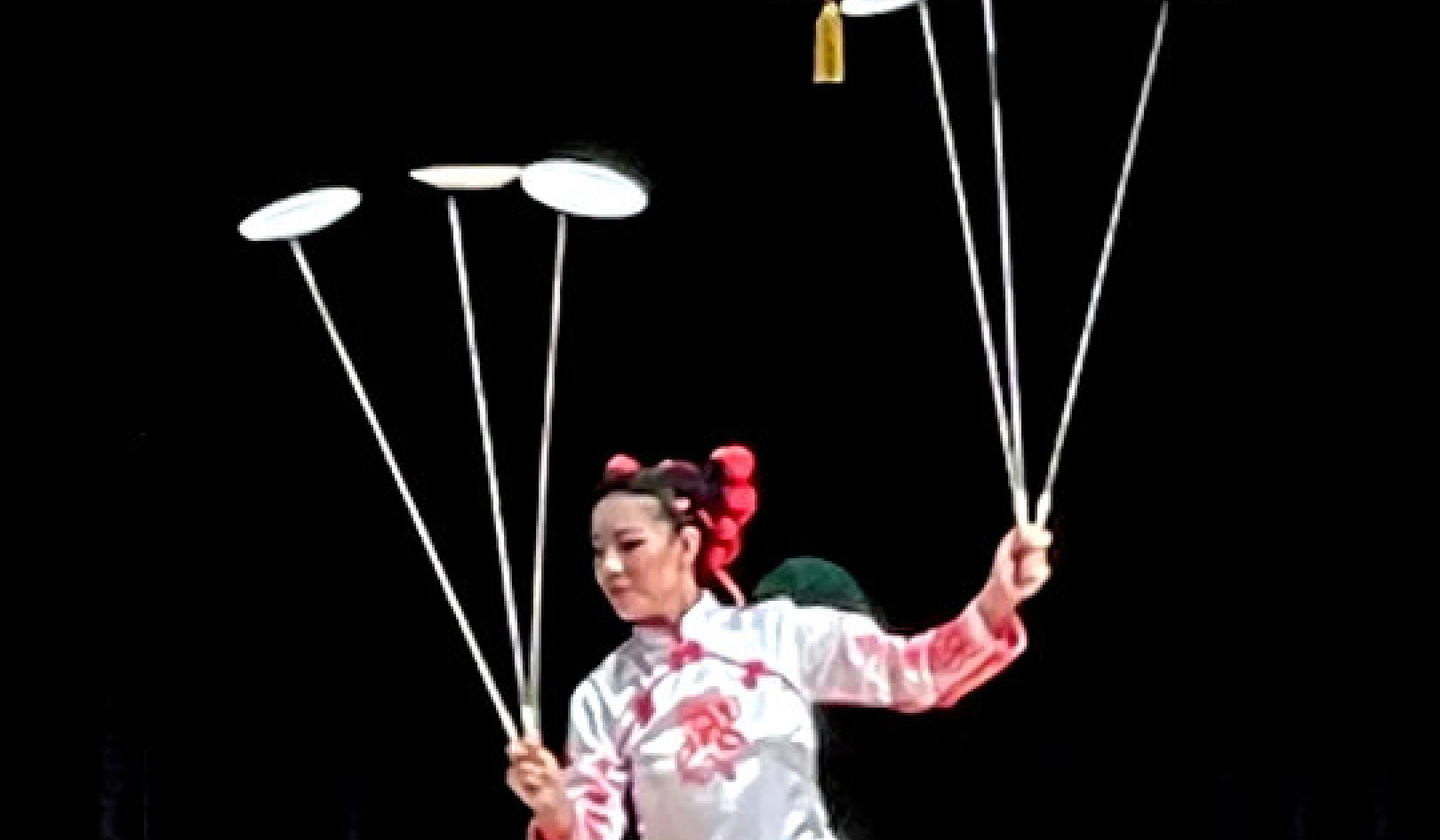
Photo Credit: Wikimedia
After thirty years of living near to the heartbeat of Native America, I would like to share a few thoughts about the Native people and our American experience.
From the beginning, we who came from other lands were ambivalent about the people we encountered when we first set foot upon these shores.
On one hand, we saw them as the innocents — the pure unsullied children of nature, untainted by the very wiles and snares of the civilization that we sought to escape when we left the confines of our European existence and set sail on a journey in search of freedom from religious, social, and economic restraints.
On the other, they were the dark force, the shining eyes at night in the forest, the primitive and threatening unknown bound by no rules of civil behavior — almost more animal than human.
In them we saw reflected the best and the worst of the human character — the savage and the innocent — and they rested uncomfortably in our national psyche. They were the embodiment of our greatest dreams and our greatest fears.
As we made our way through history, seeking the land we needed to build a civilization in accordance with our vision, we annihilated these people — by force, by fiat, by assimilation, by cultural genocide.
They were the barrier to the onward march of progress, the sad but inevitable collateral damage in the fulfillment of our destiny to subdue this continent and make it bear fruit. No act of violence or guile was beyond us in our effort to take their land and claim it as our own.
But beneath this thirst to advance our civilization, our ambivalence always remained.
The Shadow of Our Cultural Guild
We could destroy the First Peoples physically, but we could not erase their presence from our hearts. And so we hid them, buried them deep in our cultural psyche, just as we had buried so many of them in the earth they once had called their own. They became the shadow of our cultural guilt.
But shadows do not cease to exist merely because we refuse to look at them. The shadow of the Native peoples and all they represent remained, and it remains today. We have merely changed the language we use and the way we understand them.
The child of nature became the earth mother and wisdom-bearing elder. The uncivilized savage became the drunk and the layabout.
Yet the real people — the good fathers and mothers and grandparents and families, doing their best to live worthy lives and raise healthy children with hearts full of hope — remain as well. But we do not choose to see them, because they hold up a mirror to our wanton destruction of a people and a way of life.
We want the images, not the reality. We do not wish to see the blood on the ground where we have walked.
But we do this at our own peril.
The Lost Link to a Rare Expression of Humanity
By ignoring the real people and their existence, we lose more than an honest understanding of a dark but significant part of our history. We lose a link to a rare expression of humanity — a way of living and being that, though now diminished by centuries of suppression and oppression, still contains within it, if sometimes only as a distant echo, the core of beliefs and humane ways that were born of deep experience of this American land.
It is a way where giving is the greatest human value, and our first responsibility is toward each other, not toward ourselves; where spirit is believed to be present in all things; where no person pushes his or her way of believing upon another; where family is all those you hold in your heart, and the children and elders are held sacred because they are closest to the Creator.
It is a way that understands limits and humility and forgiveness; that recognizes that all people need to feel needed and are best made to feel needed by being given roles appropriate to their talents.
It is a way that sees the past as a teacher and something to be honored, not something to be transcended.
Do the Native people always live up to these beliefs in their day-to-day lives?
Of course not. Who among us, as individuals or as a culture, always lives up to our highest vision of ourselves?
It is to the eternal credit of the Native peoples that they retain even the echoes of these beliefs and practices after five hundred years of concerted efforts to eradicate their way of life and their very presence on this earth.
But their vision still remains, and it guides them, as it could guide us all.
“This is mine” vs. “This is ours”
I often think of a comment made by John Oberly, the commissioner of Indian affairs in the late nineteenth century.
“The Indian,” he said, “must be imbued with the exalting egotism of American civilization, so that he will say ‘I’ instead of ‘We’ and ‘This is mine,’ instead of ‘This is ours.’ ”
Is this truly the way we wish to understand the world?
Is this truly the vision of who we want to be and what we wish to pass along to our children?
We Americans are caught in a web of our own creation. We celebrate the individual; we praise self-reliance. We have built our entire economic system on competition and striving, where we set ourselves one against the other in the belief that if each of us pursues our own ends, the result will be a fostering of the common good.
Yet even those of us most committed to this vision recognize that there are limits to this celebration of the self. Our focus on the individual and “exalted egotism” now too often seems to subvert the common good it was meant to serve.
Optimism and Possibility
I am disinclined to end on a cautionary note. We Americans are a people of optimism and possibility and do not respond well to cautions and talk of limitations.
But the world exists independent of our understanding of it. It was here before we came into existence; it will be here long after we are gone. It operates by rules far different from ours and answers to forces far beyond our understanding and control.
I am reminded of the words of the elder who said:
Nature has rules. Nature has laws. You think you can ignore the rules or, if you don’t like them, you can change them. But Mother Earth doesn’t change the rules.
When you can count the animals, you’re getting near the end of your chances. We can count the eagles. We can count the buffalo. I’ve heard that in India and Africa they can count the tigers and the elephants. That’s Mother Earth crying out. She’s giving us a warning, and she’s begging for her life.
And here’s what your people don’t ever seem to learn. There’s going to come a day when things can’t be fixed.
And you know what? It’s going to be a day just like today.
We don’t want that day to come, for ourselves or for our children, and we don’t want that to be the legacy of our time on earth.
We want to leave this a better place, a more hopeful place, a more caring and humane place for our children and all the children who follow.
Something to Teach and Something to Learn
I firmly believe that the Native people have something to teach us in this regard. If we look past the dysfunction born of the cultural devastation that has been visited upon them, look beyond the guilt that has blinded us and the mythologies we have fostered; if we see past their small numbers and our tendency to dismiss them as just another minority group, we may yet come to realize that they are not a vanquished culture, they are our elder culture, and they have unique gifts to offer as the original children of this land.
This is not to denigrate who we are. Our American tradition, too, has a genius well worth sharing.
Ever moving, ever changing, ever transforming and inventing, we are the people of limitless curiosity and endless possibility.
But in our celebration of our limitless potential, we have not paid heed to the land with its lessons and cautionary notes. Instead, we have sought to master it and transform it. We have not seen it as our teacher.
But the earth is teaching now, and demanding that we listen. She is saying that our idea of freedom has been too committed to the human, too tied to the self, too deaf to the voice of the rest of nature.
She is asking us to see that we are a part of nature, not apart from her, and to recognize the delicate interconnections that bind us all.
This way of understanding has been bred into the hearts of Native people, and it lives there today.
To listen to their voices is to learn how to watch, to pay attention, to understand and respect the interconnections.
It is to honor rather than master, to understand limits as well as to celebrate possibilities.
It is to hear the voice of nature before attempting to bend her to our will.
In short, it is to look upon our place on earth with humility, and to bow our heads before the responsibility, as well as the possibilities, that this places before us.
The Sacred Task of Creating a Better World
The Shoshone elder who said “Do not begrudge the white man his presence on this land. Though he doesn’t know it yet, he has come here to learn from us” may yet be right: perhaps we did come here to learn from the Native people.
But perhaps the truth lies even deeper.
Perhaps we came to meld our unique genius of restless curiosity and discovery with their unique genius of quiet attention to the spiritual in all the works of creation.
Perhaps, in a place and time beyond our knowing, there is a unity yet to be achieved.
Perhaps there is a meeting place for those who listen to the earth and those who set their sights beyond the stars.
But for now, here on the earth that we all share, the task is much simpler. It was stated most beautifully by the great Lakota chief Sitting Bull, when he spoke to the U.S. government that had committed to eradicating the ways of his people from this earth.
“Come,” he said, “let us put our minds together to see what kind of lives we can create for our children.”
Is there a worthier goal or more sacred task for any of us than this?
©2016 by Kent Nerburn. All Rights Reserved.
Reprinted with permission of the publisher,
New World Library. www.newworldlibrary.com.
Article Source
Voices in the Stones: Life Lessons from the Native Way
by Kent Nerburn.
 For three decades author Kent Nerburn who has been called one of the few writers who can respectfully bridge the gap between the Native and non Native cultures has lived and worked among Native American people Voices in the Stones Life Lessons from the Native Way is a unique collection of his encounters experiences and reflections during this time It opens with a poignant narrative of the American historical experience as seen through Native eyes followed by twelve chapters that each offer insight into a specific aspect of the Native understanding of a life well lived
For three decades author Kent Nerburn who has been called one of the few writers who can respectfully bridge the gap between the Native and non Native cultures has lived and worked among Native American people Voices in the Stones Life Lessons from the Native Way is a unique collection of his encounters experiences and reflections during this time It opens with a poignant narrative of the American historical experience as seen through Native eyes followed by twelve chapters that each offer insight into a specific aspect of the Native understanding of a life well lived
For more info or to purchase this book.
About The Author
 Kent Nerburn is an author, sculptor, and educator who has been deeply involved in Native American issues and education. He holds a Ph.D. in both Theology and Art. He has edited three highly acclaimed books on Native American subjects: Native American Wisdom, The Wisdom of the Great Chiefs, and The Soul of An Indian. Kent Nerburn is also the author of Letters To My Son, a book of essays written as a gift to his son; Neither Wolf Nor Dog: On Forgotten Roads with an Indian Elder which won the Minnesota Book Award for 1995; Simple Truths: Clear and Gentle Guidance on the Big Issues of Life; A Haunting Reverence: Meditations On a Northern Land, Small Graces: The Quiet Gifts of Everyday Life and Native American Wisdom. Visit his website at www.kentnerburn.com.
Kent Nerburn is an author, sculptor, and educator who has been deeply involved in Native American issues and education. He holds a Ph.D. in both Theology and Art. He has edited three highly acclaimed books on Native American subjects: Native American Wisdom, The Wisdom of the Great Chiefs, and The Soul of An Indian. Kent Nerburn is also the author of Letters To My Son, a book of essays written as a gift to his son; Neither Wolf Nor Dog: On Forgotten Roads with an Indian Elder which won the Minnesota Book Award for 1995; Simple Truths: Clear and Gentle Guidance on the Big Issues of Life; A Haunting Reverence: Meditations On a Northern Land, Small Graces: The Quiet Gifts of Everyday Life and Native American Wisdom. Visit his website at www.kentnerburn.com.
Books by this Author
at InnerSelf Market and Amazon
























